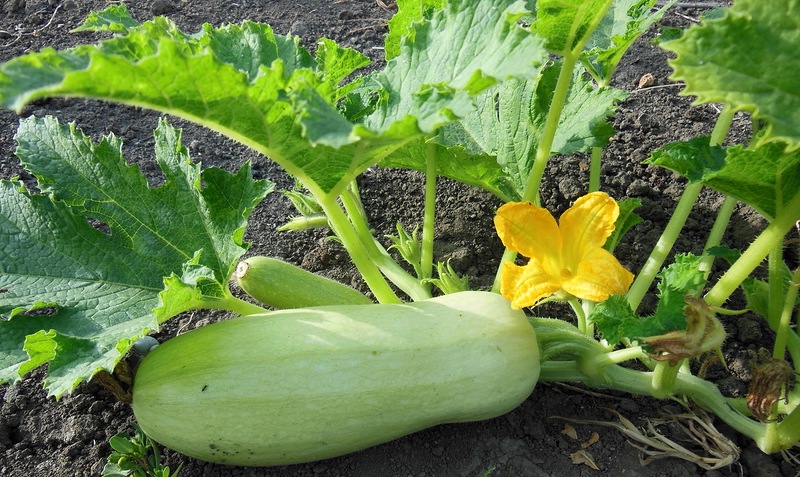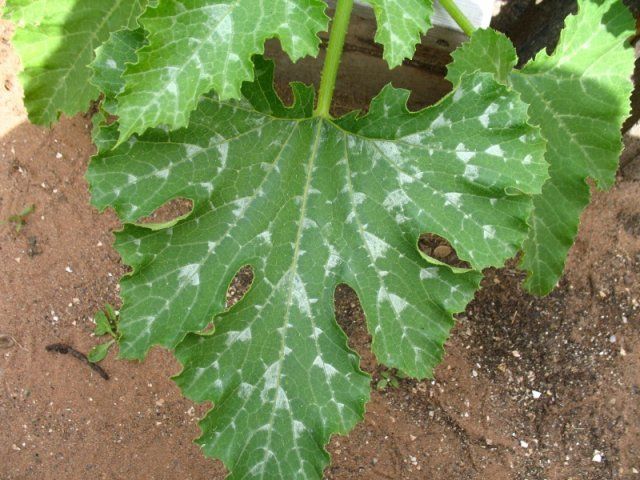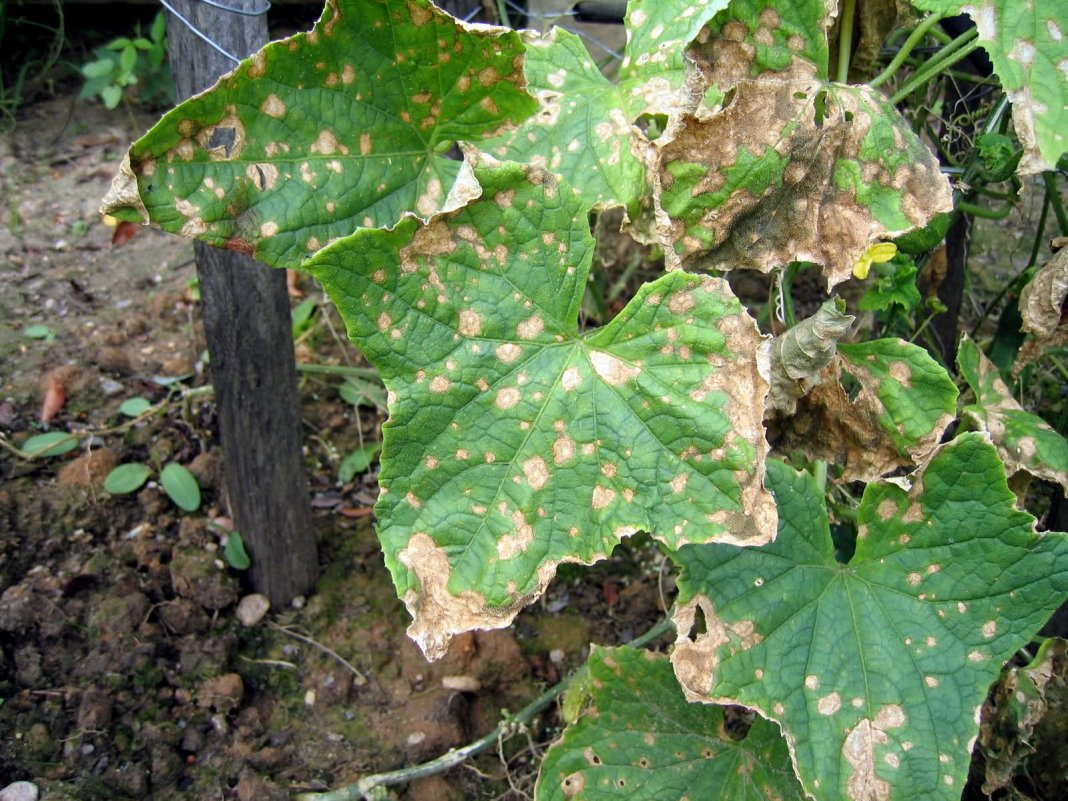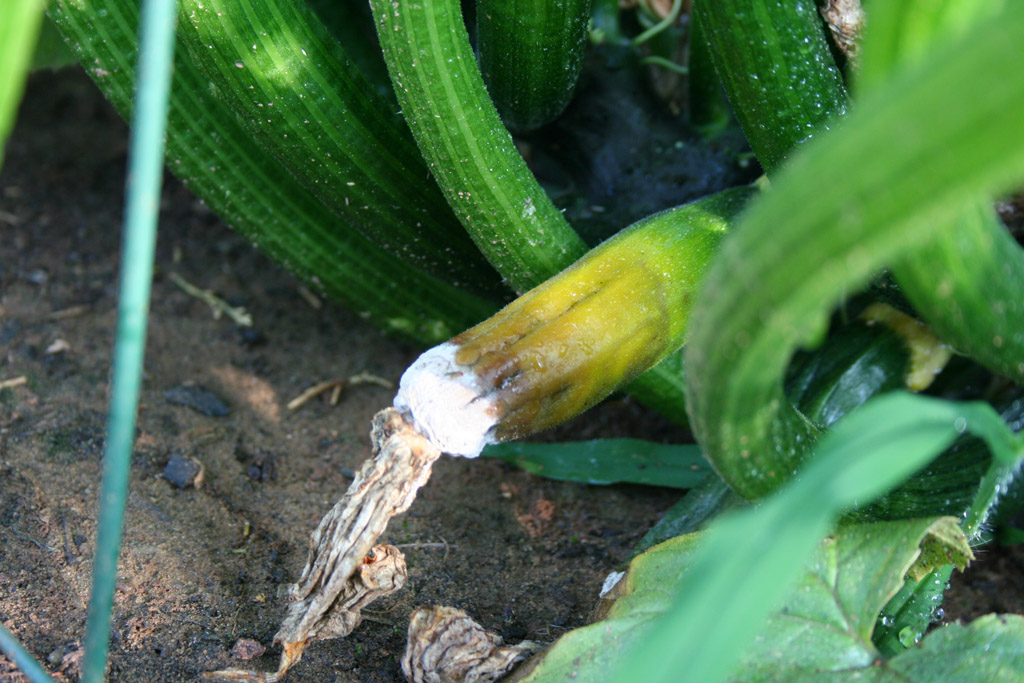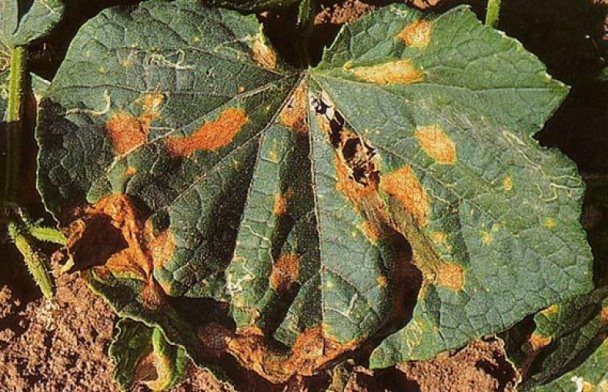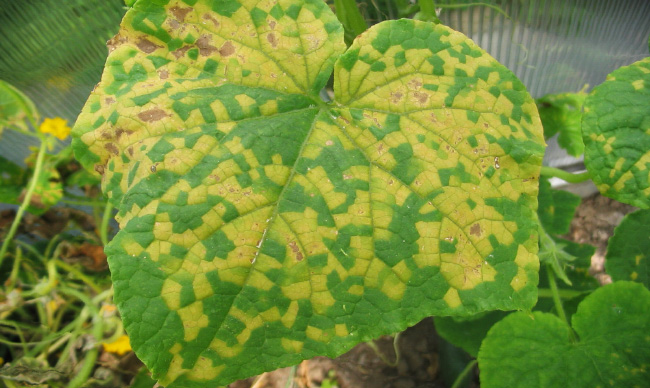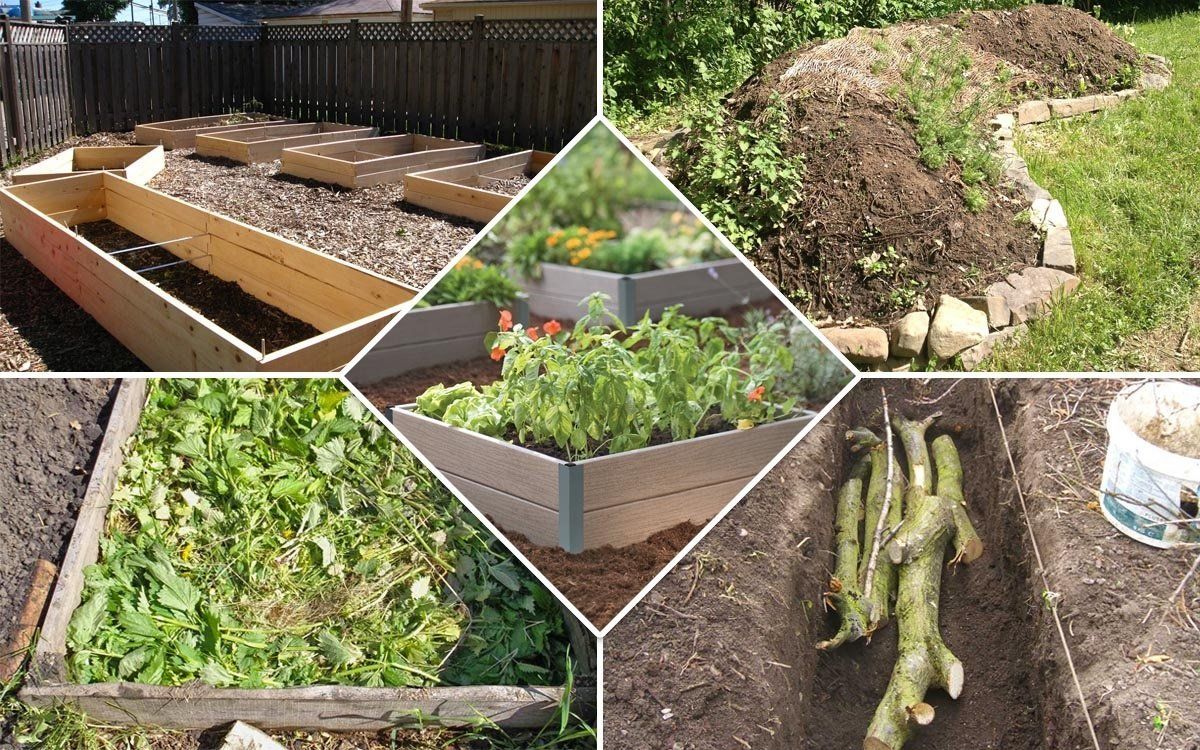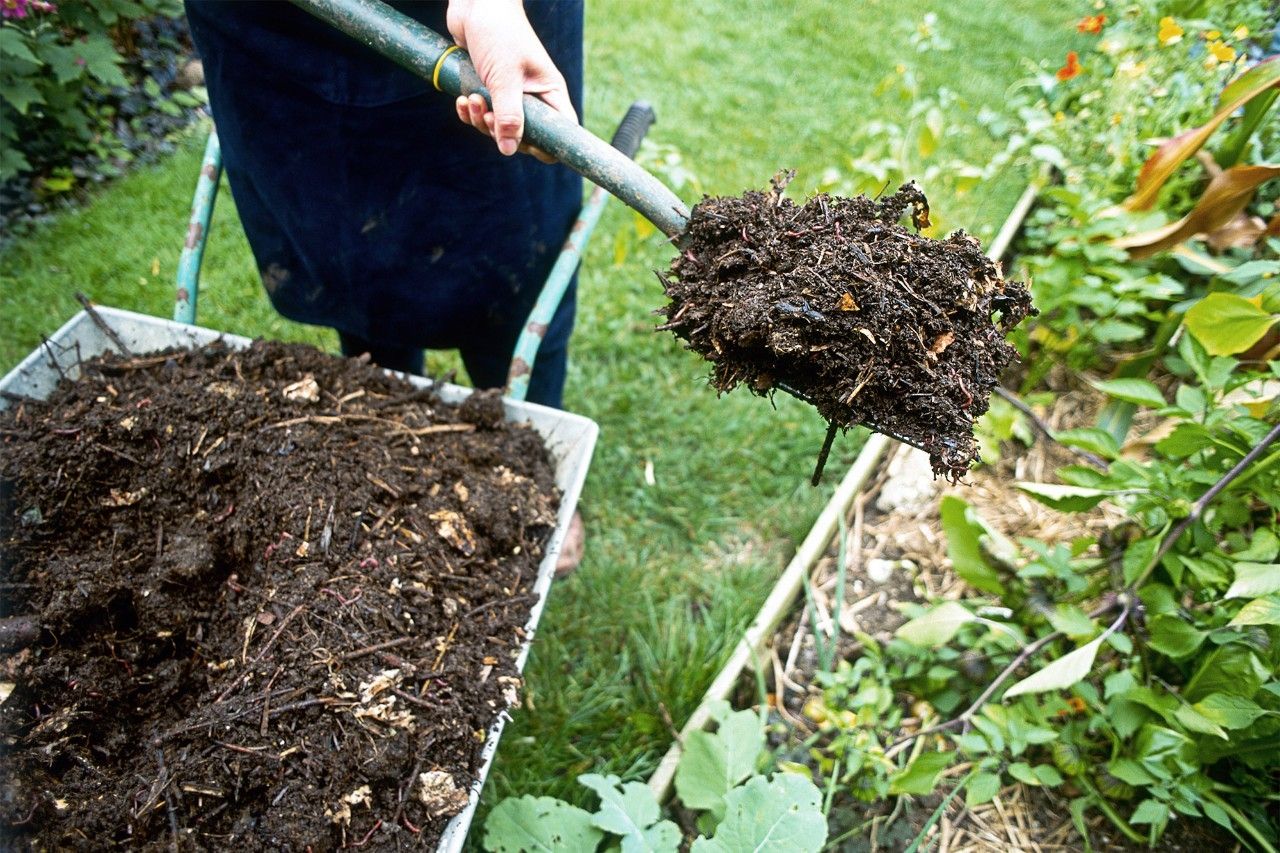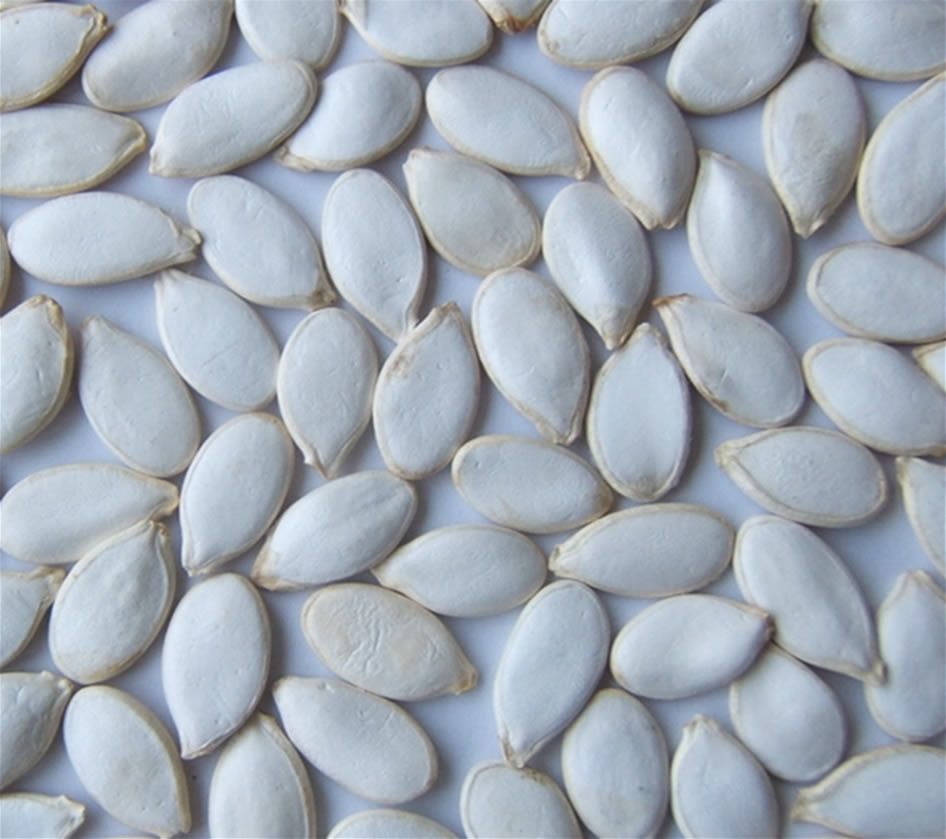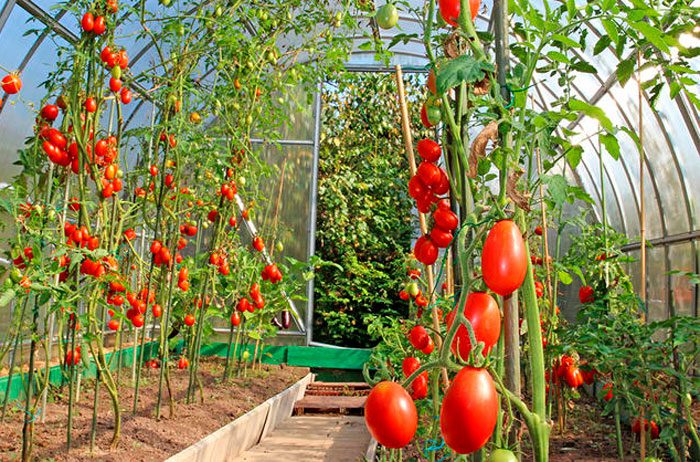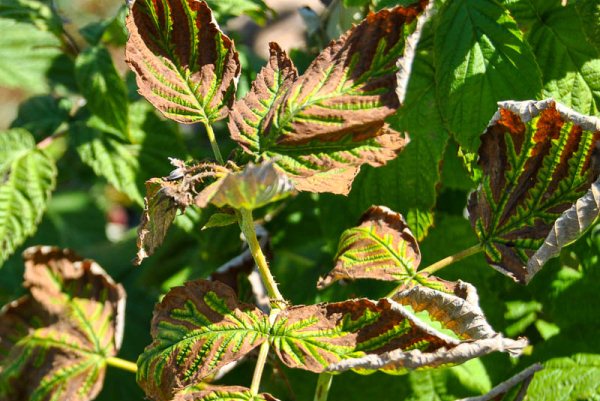Content:
Zucchini in the process of cultivation are affected by diseases. In order to protect the crop, it is necessary to know the most dangerous diseases of seedlings and adult squash and their treatment.
Symptoms of zucchini diseases
The main symptom of most zucchini diseases is tissue cell degeneration. Rot, necrosis, empty cavities inside the fruit are formed. Spots are formed on the leaf, in most cases passing into through holes. Leaves often curl and dry out, which leads to weakening of photosynthesis and death of the plant.
When asked why zucchini leaves turn white, the answer is usually the presence of fungal diseases. If they are present, a white or gray plaque forms on the leaf plate (usually on its lower side). Columns of pathogenic fungi can often be found on its surface with the naked eye.
Varieties of diseases
Most of the diseases found on squash are classified as fungal. Their causative agent is fungi, which are located mainly on plant residues from past crops and in the upper layers of the soil. Failure to comply with agricultural practices is the most significant reason for their spread. Warm and humid summers, excess nitrogen, thickened plantings also contribute to their development.
Bacterial diseases are triggered by the action of bacteria, which provoke various rot, wilting of foliage and stems. Bacteriosis is a classic example of a similar ailment in squash.
Diseases of squash
Powdery mildew on zucchini
It is considered one of the most common fungal diseases on squash and other pumpkin seeds. Foliage is usually under its threat, but petioles and stems may be damaged. The main symptom is the appearance of small whitish spots in different parts of the leaf blade. Gradually, they increase in size and merge together, which leads to wilting and death of the leaf.
Favorable factors for the spread of the disease:
- excess nitrogen;
- excessive moisture content in the soil;
- improperly harvested and prepared soil in the autumn period.
The most effective measure to combat the disease is treatment with colloidal sulfur. For the treatment of zucchini disease in the open field, 20 g of the substance is diluted in 10 liters of water, in a greenhouse the dosage of the drug is doubled. Spraying with disubstituted sodium phosphate (50 g / 10 l of water), ground sulfur (300 g / 10 l of water), and isophene are also effective.
If the disease is weak, then it is recommended to use folk remedies to treat it. So, the leaf is burned with ground sulfur, and then sprayed with infusion of cow dung. For its preparation, a kilogram of mullein is diluted in 3 liters of water and infused for 3 days, after which it is filtered and diluted with water in a ratio of 1: 3.It is also allowed to use Bayleton and Topsin fungicides.
Black mold
With this disease, brown marks of an angular or round shape, characterized by a yellowish tint, are formed on the foliage. After some time, the affected leaf blades become covered with a grayish bloom, on which there are spores of the pathogen fungus.
The disease develops most strongly under the following conditions:
- incorrect predecessors for zucchini;
- densely planted plants;
- leaving the remains of zucchini on the site from last year.
The best preventive measure against black mold is careful adherence to generally accepted agricultural cultivation techniques. It is necessary to thin out the beds, remove weeds in a timely manner, and in the fall remove all plant residues from the site. If the disease still manifests itself, then it is necessary to remove the diseased specimens from the plot or from the greenhouse as soon as possible and destroy them, preventing further spread of the pathogen.
Anthracnose
All plant organs are affected by the disease. The disease often affects greenhouse or greenhouse zucchini than those that grow in open ground. On the leaves of zucchini, brown oval-shaped specks form, and depressed brown marks appear on the stems, roots, inflorescences. Soon, the fruits begin to wrinkle and rot. Through holes are formed in place of leaf spots.
For the disease, the following factors are most favorable:
- high humidity of soil and air;
- irrigation in hot weather;
- poor harvesting of plant residues from the site after harvesting.
To prevent the disease from manifesting itself, you should thoroughly remove the remains of plants from the plot. Regular weeding and moderate irrigation are important during the growing season. Anthracnose is capable of spreading through seeds, therefore planting material must be carefully selected. Before sowing, it is allowed to process it with a 0.2% solution of copper, boron and manganese, and also soak it in a phytoiodine solution.
It is extremely important to observe the crop rotation and not allow the planting of zucchini in the place where pumpkin crops were grown a year earlier. This is due to the fact that all these cultures are equally strongly affected by anthracnose. It is allowed to return plants to their old place not earlier than after 3-4 years.
When the initial symptoms appear, the following drugs are used:
- 35% colloidal sulfur paste (50-100 g / 10 l of water);
- Bordeaux mixture (100 g of copper sulfate and lime / 10 l of water).
If the defeat has acquired a massive character, then the plants are destroyed.
White rot (sclerotinia)
This disease is characterized by a whitish, flocculent coating that forms on the petioles of leaves and fruits. Soon, easily distinguishable black dots appear on them - spores of the pathogenic fungus. The damaged organs become slippery and soft and soon fade and die. This leads to poor crop fruiting.
The disease develops more strongly in the presence of the following factors:
- thickened planting of zucchini;
- excess nitrogen when feeding;
- waterlogged soil and air against a background of low temperatures;
- non-compliance with crop rotation.
In the early stages of the spread of the disease, it is recommended to dust the foliage with a mixture of chalk and copper sulfate, diluted in equal proportions.Dusting with ground coal allows you to delay the further development of the fungus and dry out the affected areas of the plant.
For foliar dressing, I dissolve 10 g of carbamide, 2 g of copper sulfate and 1 g of zinc sulfate in a 10-liter container with water. If the plant is too badly damaged by sclerotinia, it is recommended to dispose of it together with the fruits.
Root rot
The main symptom of the disease is constriction on the roots. Roots, root collar and stems acquire a brown color and rot, foliage in the lower tiers begins to turn yellow. The ovaries of the affected plants usually fall off, from the remaining small unfulfilled fruits are formed. In the absence of proper care, the bush soon dies.
The reasons for the spread of the disease include:
- irrigation with water, the temperature of which is below + 20 ° С;
- excess of nutrients;
- sudden changes in air temperatures;
- the presence of weeds on the plot.
Peronosporosis (downy mildew)
The presence of this ailment is the answer to the question of why the leaves of squash seedlings curl. The disease mainly affects plant foliage. In the early stages of the development of the disease, oily marks with a yellow overflow are formed. On the back of the leaf blade, a grayish bloom appears, on the surface of which pathogenic fungi are present. With the further spread of the disease, the foliage begins to turn brown and curl, the affected parts of the leaf fall out. The result is a violation of photosynthesis.
The disease develops in the presence of factors such as:
- strong regular fogs;
- plant residues on the plot;
- dew;
- high humidity in greenhouses and greenhouses.
For prophylactic purposes, it is recommended to process the seeds of zucchini before planting in the soil. During the growing season, it is recommended to treat plants with nitroammophos with the addition of boron, zinc, molybdenum.
At the first stages of the development of downy mildew, the treatment of plantings with potassium permanganate, diluted in an amount of 2 g in 10 liters of water, is very effective. Among fungicides, Oxyhom, Topaz, Bordeaux liquid, and copper oxychloride are highly effective.
Fusarium
The disease is one of the most dangerous due to the fact that the entire vascular system of zucchini suffers from it. The main symptom is accelerated wilting of stems and leaves, which quickly leads to the death of seedlings.
The development of the disease is influenced by indicators such as:
- plant remains on the site;
- excessive amount of weeds on the plot;
- disturbed crop rotation and general non-compliance with agrotechnical recommendations.
Bacteriosis
In the early stages, prominent bright brown spots form on the foliage. Subsequently, through holes are formed along the sheet veins. Brown marks form on the fruits, which lead to their deformation and a decrease in yield.
The causative agents of the disease feel good in the following conditions:
- high humidity of air and soil;
- the presence of plant residues on the surface of the soil;
- sharp temperature drops between daylight and dark times of the day;
- seeds that have not been disinfected.
To prevent the disease, it is necessary to observe agricultural techniques, in particular, to remove the remnants of the past harvest and observe crop rotation. Before planting, the seeds are treated with a 0.02% solution of zinc sulfate. During the growing season, planting must be treated with 1% Bordeaux liquid or 0.4% copper oxychloride solution. Diseased fruits and plants are destroyed.
Botrytis (gray rot)
The disease affects zucchini mainly in the first phases of the growing season. The ovaries and foliage of the plant are damaged. The plantings take on a brown color, become covered with a grayish coating, and become wet.
Favorable factors for the development of the disease include:
- excessively moist soil;
- irrigation in the late hours of the day and cold water;
- excessive nitrogen content;
- strong temperature drops;
- insufficient watering.
In the initial phases of cultivation, plants are inspected once every one and a half weeks for damage. Affected leaves and ovaries are destroyed. To prevent further development of the disease, the plants are powdered with a mixture of copper sulfate and copper in a 1: 2 ratio.
Mosaic
According to the description of the disease, the foliage is covered with white-yellow star-shaped spots. Gradually, they acquire a completely white color, only leaf veins retain their green color. The fruits also turn yellow and are covered with white stripes. The disease is not treatable.
Prevention
Most often, the development of diseases on zucchini can be avoided with strict adherence to cultivation techniques. It should be borne in mind that cucumbers, melons, zucchini are bad predecessors for culture. More suitable for them:
- cabbage;
- bow;
- tomatoes;
- legumes;
- greens;
- roots;
- potatoes.
All plant residues from the past harvest must be carefully removed from the site. It is necessary to maintain an optimal mode of moisture and nutrient content, trying to avoid distortions in one direction or another. Weeds, as well as heavily affected plants, must be removed from the site in a timely manner.
Seeds must be decontaminated before planting. To do this, it is recommended to soak them in a solution of 5 g of soda per 1 liter of water.
Pest control measures
Zucchini are often harmed by insects and other harmful organisms. In addition to destroying crops, many of them are carriers of pathogens.
The fight against them involves the use of appropriate insecticides. In a number of cases, it is possible to do with biological methods of protection and folk remedies. So, growing garlic, hot pepper, sage, mustard, lavender next to zucchini drives away slugs from the plots. Spraying plantings with a decoction of garlic foliage, infusion of potato tops or onion husks is effective against spider mites.
To effectively fight against diseases and pests in zucchini, it is necessary to carry out standard agrotechnical measures. If done correctly, it will be possible to save the lion's share of the harvest.
